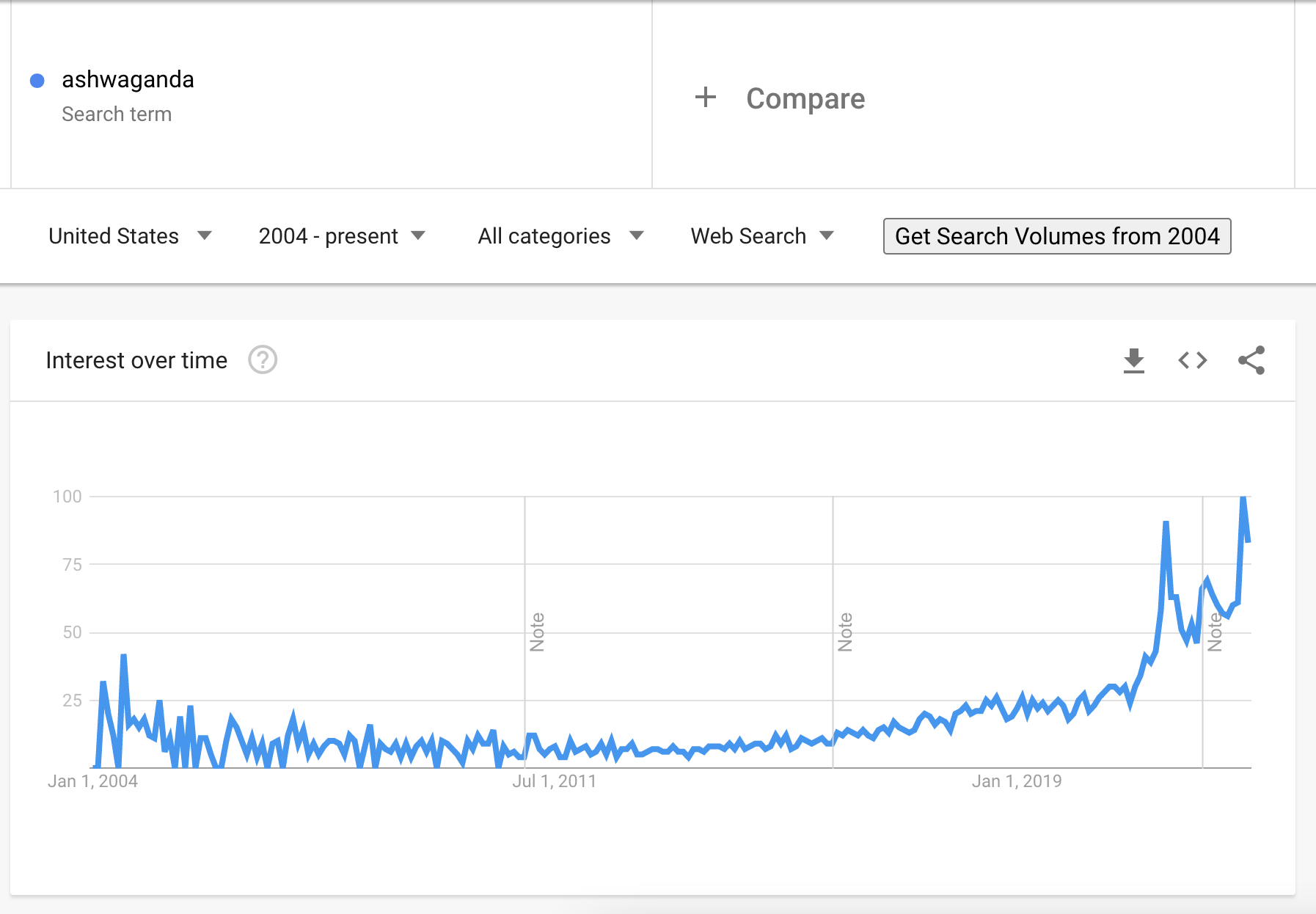Fear of a recession has been top of mind for business owners. A common error that can ultimately have a negative outcome is mistaking your marketing investment for an expense and pulling back on it.
But is reducing marketing investments the best decision for your business when fewer dollars are available for the same amount of products? Believe it or not, more fortunes are made in a recession than in a peaked economy. Now is the time to take stock of what you have, sharpen your strategy, and get ahead of the competition.
Here’s what we’ll cover:
1. What Is a Smart Recession Mindset?
Instead of fearing a recession, you can position yourself to capitalize on the situation. In fact, it’s prudent to fine-tune your digital marketing strategy.
Don’t Let Emotionality Get the Best of You
The best way to temper recession emotions is by combating them with data.
People who are scared pull their money out; people turning to sound data may choose to put their money in. Let data be your guide.
“Fear-based decisions seldom yield positive results,” noted Jason Dailey, Brandography’s CEO. “Don’t make unsupported, drastic changes without having facts to support making a shift.”
Keep Your Eyes on the Right KPIs
Now is the time to ignore superficial KPIs. These include total traffic, impressions, bounce rate, Google trends, etc.
Instead, focus on two very significant KPIs and base your decision on those numbers.
If the economics of these metrics work for your financial model, you may not need to make significant changes to your marketing strategy.
During an economic downturn, our experience indicates you’re likely to notice your Cost-Per-Click (CPC) drop as competitors slow down their advertising. That’s because most digital advertising is managed in an auction style, and fewer participating companies let your dollar stretch farther. Now, you’re getting more traffic and steady conversion rates for the same (or less) cost.
“In a down economy or recession, many of Brandography’s clients will actually generate more leads and close more new business with the same level of investment,” noted Jason Dailey, Brandography’s CEO. “Do your math based on those numbers, not an emotional response.”
If you’re not confident about how to calculate your CAC or LTV, reach out to our team for assistance. We’d be happy to help!
Create New Segmenting Lists to Leverage the Current Market
Chances are, you’ve segmented your clients by industry and size. Brandography’s Subject Matter Experts also advise taking the time to separate them by elasticity.
- Which groups are most likely to be impacted in an economic downturn?
- Which ones will escape unscathed?
- Which industries will actually fare better during this time? (Alcohol comes to mind!)
Be aware of those segments and run your reports independently for those different groups. When you see your elastic segments start to drop or grow, it’s time to start adjusting your budget based on this legitimate data.

If any industry takes a downtown, consider making adjustments to that industry. But don’t decide to ax ALL of your advertising just because the average starts to drop, as this type of broad sweep can have detrimental long-term effects.
This strategy can be leveraged for B2C companies, too — segmenting your clients by recency and frequency of purchases can help you identify the customers who will remain loyal despite the current economic changes. Focus on keeping regular customers happy and engaged and offer alternatives like Sezzle and AfterPay to incentivize customers who might have gone cold.
If you haven’t segmented, you may be tempted to pause all of your marketing. But based on the potentially advantageous CPC that could be coming your way, be cautioned this likely isn’t your best move.
2. The Other Case for PPC
Beyond the potential for a desirable Customer Acquisition Cost (CAC), there’s another reason to keep PPC on the line.
“When a recession hits, paid advertising is often the first to go. Unfortunately, this can end up costing you more in the long run,” said Brandon Kasper, Brandography’s Senior Manager of Paid Digital Media.
What makes cutting paid advertising more costly?
Advertising platforms like Google Ads work off data. The longer your ads run, the more successful results your ad campaigns will achieve. When you stop paid advertising, the algorithms that make key decisions don’t receive real-time data. After restarting your campaigns two months, six months, or even a year down the road, the market has changed; the targets you were hitting may no longer be valid. Getting your campaigns back up to peak takes time and effort and will inevitably cost you more.
Okay, so what should you do instead?
“If after considering all of the best practices noted here, a reduction in advertising warrants consideration, run your campaign at 30%-50% of your previous budgets,” suggests Kasper. “With this approach, you can continue giving the algorithms real-time data and be better positioned post-recession. Your ads will likely outperform competitors who decided to discontinue paid digital efforts altogether.”
3. Plan for the Best and the Worst
Now, what if your specific KPIs or reliable industry numbers start not to look so good?
In this scenario, digital marketing is a great friend to have! The advantage of digital marketing is you can respond and make changes quickly. If those important KPIs begin trending negatively, they start telling you something important. Listen to them and begin adjusting your strategy based on solid, supporting information.
4. So, What Digital Marketing Strategies Should I Sharpen?
Here is what Brandography’s SMEs suggest focusing on during a market downturn:
Invest in Marketing Assets You Own
You can certainly pay for expensive sponsorships that are one and done. Or you could invest time and energy into building marketing systems that become a foundation to help you grow.
- Grow your email list. Marketing emails are your chance to speak directly with your customers! Are you doing it effectively?
- Segment your email list. Send loyal customers previews or early releases to maintain their momentum and get them excited about your brand.
- Take stock of your sales funnel. Do you have a comprehensive and streamlined system to capture the attention of those who aren’t ready to convert immediately? You don’t have to spend tons of money just to find new leads. If you have people who have shown interest but haven’t purchased yet, this is the time to connect with them and go for the easy wins
- Look at your site speed. If your site is painfully slow to load, people will exit without seeing what you’re all about. This quick change can have big results
- Simple website fixes. Address broken links or outdated information. Now more than ever, post-pandemic, site visitors are assessing whether your business is still strong, viable, and simply still in business. Outdated information on your website brings your credibility into question.
5. Make What You Already Have Work Harder
You already have marketing strategies and assets in your toolbox. Now is the time to spruce them up and make sure they’re working as effectively as possible.
Shift from Long-Term Tactics to Short-Term
One way to do this is to narrow experimental marketing campaigns into fewer but more targeted experiments. If you’ve been running generalized PPC experiments, narrow in that audience. Then use Google Optimize experiments to fine-tune the pages.
Retool Your SERPs
By swapping out metadata to include a CTA in your title or description, you can encourage more conversion. Let’s look at a generic example:
Partner With Marketing Experts
Partnering with a team of experienced marketing subject matter experts allows you to reduce costs associated with ineffective marketing approaches, wasted staff time, and lost opportunity costs.
Leveraging the knowledge and expertise of a proven team of marketing SMEs allows you to maintain your customer market during economic downturns, catapult you ahead of your competitors, and position you strongly for future success.
The bottom line: Make sure every marketing dollar is working for you.
6. Is It Time for a Digital Marketing Realignment?
The answer is likely, yes.
Get Hyper-Focused on Your Marketing Goals
Now is the time to invest your money wisely and focus on Conversion Rate Optimization (CRO), PPC Campaigns, and Targeted Landing Pages. The more directly you can speak to your target audience, the better your conversions.
Meet People Where They Are
During a recession, the general public will be more cautious about trying new products or marketplaces. It’s time to find ways to reduce the barrier to entry.
- Offer smaller amounts or trial sizes.
- Move into additional marketplaces, especially Amazon, Walmart, or even Groupon, where people are already purchasing items.
- Use a Subscribe and Save option to help customers save on products they repeatedly buy. (Hint: This also helps with your Lifetime Value!)
- Highlight your best sellers or invest in your best margins. If people want to spend less, why not lead off with the good stuff?
- Offer consumers flexible payment plans, such as Buy Now, Pay Later options like After Pay, Sezzle, Affirm, PayPal, and (coming soon) Apple. This choice is especially valuable for larger purchases.
Show + Tell
Invest in professional photo and video testimonials on Amazon, Walmart, and YouTube to attract new customers. This is your chance to showcase:
- Sizing and size comparison
- Transparency about what is (or isn’t) included
- Experience using the product
- “View in Your Room” feature
- Highlight value and offer coupons
As more people turn to bigger retailers for price comparisons, it’s in your best interest to highlight your brand’s differentiators in an easily digestible format.
Been There, Weathered That
As a company that began in 2008, in the midst of The Great Recession, Brandography has weathered one recession and a pandemic and has the experience to guide you through marketing challenges.
“We apply these same tactics to our own business—that’s how we know they work,” Dailey added. “We’ve seen these pitfalls play out in real life, and we want to help our clients avoid them. Instead, we are here to help you win market share from your competitors.”
Our Brandography leaders and SMEs guide your digital marketing efforts to maximize effectiveness, put together a plan, and shift strategy to account for any bumps that arise along the way.
“Our team is here to share the load,” noted Allen Bredeson, Brandography’s Director of Client Services. “Times like these can be stressful and confusing, but you don’t have to go it alone. Your Account Manager is likely working with other businesses just like yours and can help you navigate what’s ahead.”
Want to Dig Deeper?
Here are a few audio resources recommended by our staff.
- How to Recession Proof Your Business
- How to Handle Your First Recession
- How to Prepare Yourself and Your Business Against Recession





